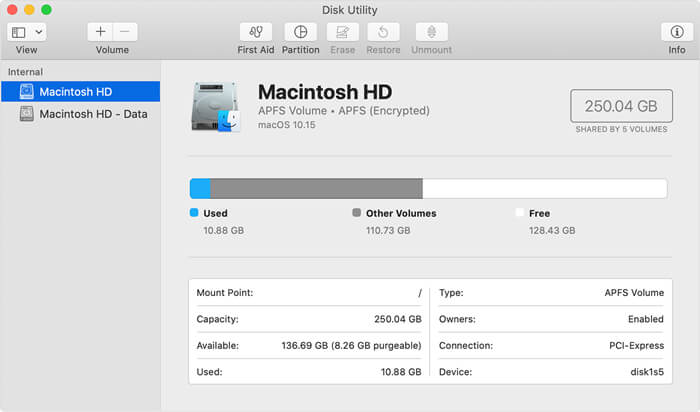
You can’t delete or erase your startup volume. When the operation is finished, click Done. If the APFS volume you want to erase isn’t a member of a volume group, click the Erase button to erase the selected volume. If the APFS volume you want to erase is a member of a volume group, click the Erase Volume Group button to erase all volumes in the group, or click the Erase button to erase only the selected volume. If you want to change the format, click the Format pop-up menu, then choose an APFS format. See the Apple Support article About macOS Recovery on Intel-based Mac computers.Įnter a new name for the volume, if desired. To erase the volume, you need to run Disk Utility in macOS Recovery. APFS (Case-sensitive): Uses the APFS format and is case-sensitive to file and folder names. APFS (Encrypted): Uses the APFS format and encrypts the volume. Choose this option if you don’t need an encrypted or case-sensitive format.
:max_bytes(150000):strip_icc()/003B-format-mac-drive-using-disk-utility-os-x-el-capitan-later-2260751-f0b955c7264a4fafbe483cc0690d3949.jpg)


If the Erase button is dimmed, the selected volume can’t be erased because it’s in use. Choose one of the following APFS formats for Mac computers using macOS 10.13 or later. If Disk Utility isn’t open, click the Launchpad icon in the Dock, type Disk Utility in the Search field, then click the Disk Utility icon. In the Disk Utility app on your Mac, select the APFS volume you want to erase in the sidebar. When you erase a volume, all the data on the volume is permanently erased, and the empty volume remains in the container.


 0 kommentar(er)
0 kommentar(er)
